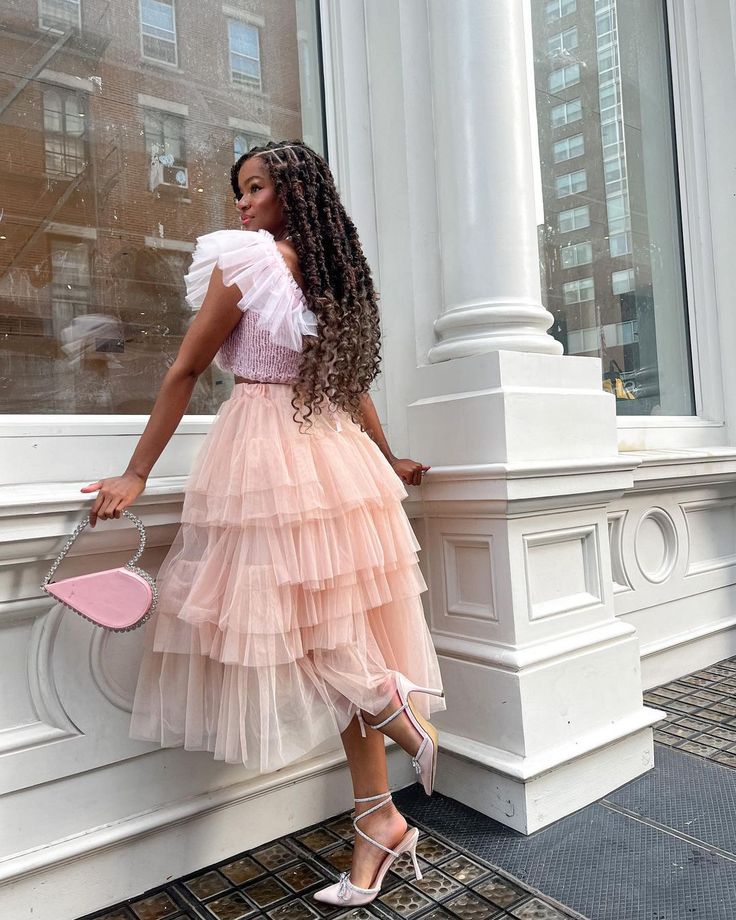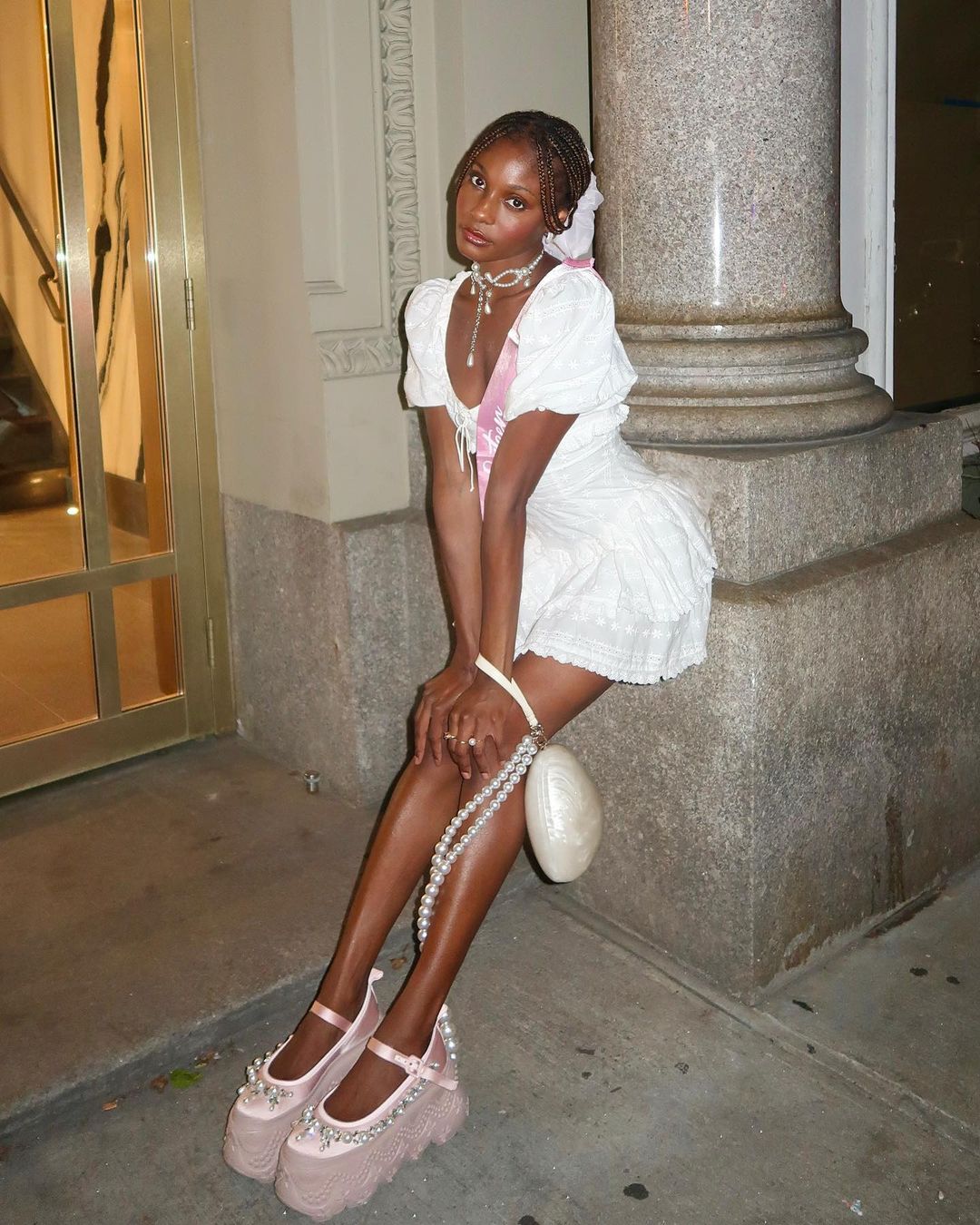I. Understanding the Coquette
The Historical Context of the Coquette
The figure of the coquette, a woman who indulges in flirtation and teasing without intention of serious attachment, has been a subject of intrigue and sometimes contempt throughout history. Emerging prominently in 18th and 19th-century literature, the coquette was often portrayed as a figure of power and sexual liberation at a time when women’s roles were largely confined. These depictions fluctuated between admiration for the coquette’s assertiveness and criticism towards her perceived immorality. Historical coquettes were often aristocratic women who used their wit and charm to navigate social ladders and influence men, drawing attention to the dependent status of women and the limited spheres within which they could exert power. The societal response to coquettes offers insights into the gender dynamics of past eras, where female agency, especially in romantic endeavors, was a contested terrain.

The Coquette’s Psychological Profile
Beyond the historical lens, the coquette can be viewed through the prism of psychological analysis. Coquettish behavior often masks a complex array of personality traits and motivations. From a desire for validation and the thrill of the chase to deeper needs for control and autonomy, the psychology of a coquette is rooted in the interplay between apparent frivolity and underlying strategic thought. Coquettes may deploy their charms as a form of self-expression or as a tactical maneuver to navigate social situations. Interestingly, the coquette’s allure often lies not in outright seduction but in the power to hold attention and arouse curiosity. This tantalizing dance between revelation and concealment can be a deliberate technique to engender desire by cultivating an air of mystery and intrigue.
Coquettes in Modern Society
In today’s world, the concept of the coquette has evolved. Modern coquettes exist in various spheres, from the boardroom to social media, where flirtatious behavior is less about manipulation and more an exercise in confidence and personal style. In contemporary settings, coquettish may not necessarily aim at romantic conquests but can also manifest as playful banter or light-hearted interaction, serving to lighten the mood or make social interactions more enjoyable. This playful art of flirtation remains a nuanced form of human expression, challenging rigid perceptions of female sexuality and autonomy. The modern coquette can embody independence and empowerment, redefining the traditional image to fit within the context of 21st-century social mores and gender discourse.

II. The Influence of the Coquette
The Coquette as a Cultural Archetype
The image of the coquette has been deeply ingrained in cultural narratives, influencing art, fashion, and media. She often serves as a muse for designers, filmmakers, and writers who seek to capture her enigmatic presence. The coquette archetype contributes to the zeitgeist, embodying an ideal of someone both romantically engaging and elusive. As a cultural figure, the coquette can represent both a cautionary tale and a symbol of defiance, questioning societal norms pertaining to relationship dynamics. Her ability to command attention and navigate the complex interplay between flirtation and propriety continues to captivate the public imagination, proving that the allure of the coquette remains potent.

The Coquette’s Impact on Gender Dynamics
The coquette’s behavior holds a mirror to the subtleties of gender dynamics, offering a perspective on the evolving roles of women in society. Her playful manner of engaging with the opposite sex can break down barriers, allowing for a more fluid exchange of power within relationships. By wielding charm and indirect influence, the coquette challenges traditional gender roles and expectations. Her presence can affect the balance of power within male-dominated spaces, subtly shifting control through social and emotional intelligence rather than overt authority. The coquette highlights the negotiation between femininity and agency, encouraging a reevaluation of conventional attitudes towards gender relations.

The Coquette and Art of Seduction
The art of seduction is closely associated with the coquette, whose allure is based on subtlety and suggestion rather than directness. This method of flirtation requires a keen understanding of social cues and emotional intelligence to engage and captivate an audience effectively. The coquette excels in non-verbal communication, using body language, eye contact, and nuanced expressions to convey interest and desire. The success of these techniques is rooted in the coquette’s ability to maintain a balance between familiarity and mystery, making her an endlessly fascinating subject of study for those interested in the dynamics of attraction and romantic pursuit.
III. Embodying the Spirit of the Coquette
The Coquette in Everyday Life
Embodying the coquette in everyday life does not require grand gestures or manipulative tactics; instead, it involves a playful and poised approach to interactions. Coquettish can manifest as wit in conversation, a warm smile in passing, or thoughtful compliments that make others feel see and appreciated. It is about deploying charm responsibly and understanding that the essence of coquetry lies in friendly engagement, nurturing connections without ulterior motives. People who adopt this behavior often find that it enriches their social encounters, making everyday moments more lively and memorable. When done lightheartedly, it can disarm tension, foster openness, and engender a sense of delight in both personal and professional contexts. Embodying this spirit does not mean one is disingenuous; rather, it’s a sophisticated way to navigate the world, where creating joy and fostering positive interactions is a priority.
Celebrating Femininity and Empowerment
Harnessing the spirit of the coquette can also be a celebration of femininity and a form of empowerment. For women, coquettish behavior, when used judiciously, can be a mode of asserting their presence and shaping their narrative within a society that often imposes strict codes of conduct. It allows women to express themselves on their terms, using their intuition and intelligence to navigate and influence the social sphere subtly. A modern coquette understands the power of her femininity and uses it to her advantage without compromising her integrity. This contemporary twist on an age-old persona stands not for manipulation, but for the celebration of an individual’s charm, wit, and ability to connect with others genuinely and effectively.

Strategies for Coquettish Communication
Effective coquettish communication involves a blend of self-awareness and perception of others. It thrives on the ability to read situations and adapt one’s approach accordingly. Key strategies involve maintaining an aura of positivity, deploying humor gracefully, and showing genuine interest in others’ thoughts and feelings. Listening attentively and giving nuanced responses that invite further conversation signal that one values the interaction and is invested in the rapport. Additionally, non-verbal cues such as a soft gaze, open posture, and subtle mirroring can enhance one’s presence and appeal. When these elements are combined, they create an engaging, dynamic interplay that can enrich communication and leave a lasting impression. Importantly, a true coquette knows to always stay respectful and retreat gracefully if signals are not reciprocated, ensuring interactions remain within the boundaries of comfort and propriety for everyone involved.
In summary, the coquette should not be dismissed as merely a relic of the past or a frivolous character. Instead, the coquette can be seen as a symbolic archetype with valuable lessons to impart about communication, empowerment, and the social dance of flirtation. Whether viewed through the lens of history, psychology, or everyday application, the coquette teaches us about the art of subtlety, the beauty of suggestion, and the power of charm when exercised with intelligence and care.
